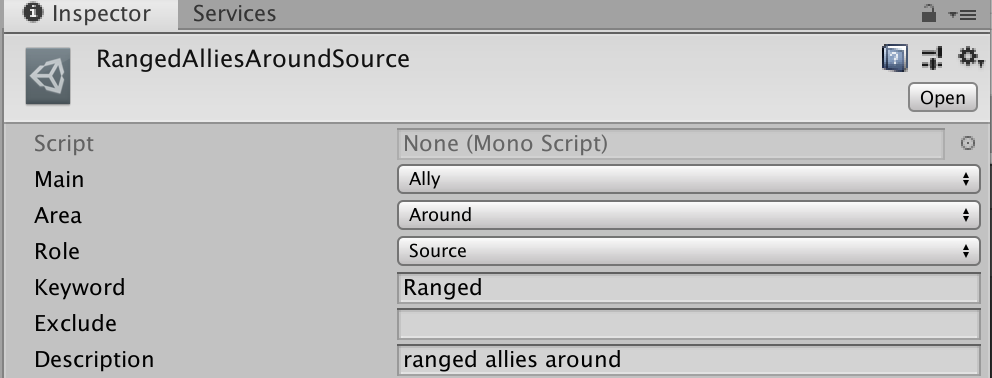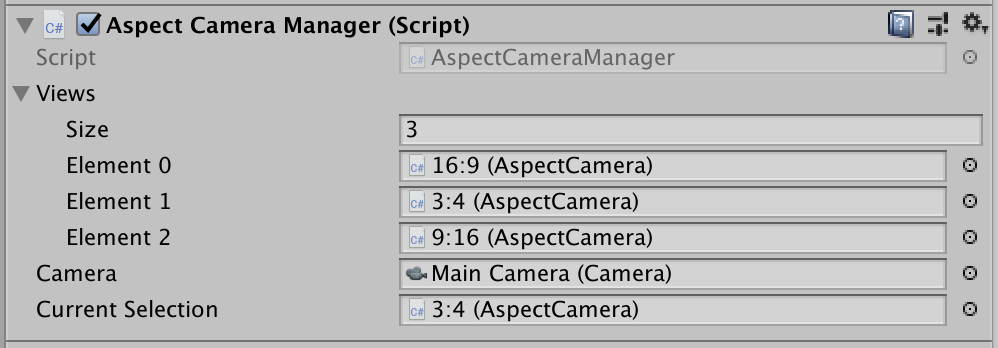Team management is a big complicated process that we have entire dedicated team members for in the game industry. Producers are important. One of the hardest things about really doing a project beginning to the end just with yourself; code, art, design, and don’t forget production – is really that last part.
Most of the tools and techniques out there for product management are built around teams, because generally you have multiple people working together and trying to meet each others needs. When you try to do it all yourself you are your own blocker at all times, and if you try to produce yourself in the normal manner, with conventional tools, sure it will work, but you have created quite the waterfall nightmare.
Again, let me stress, a lot of the point in conventional production pipelines is for communication between people. Yet if the only person you need to communicate with is yourself, inline may be the best way. Right where you are going to look.

As I went to rewrite my combat loop, and after I had blocked out enough of my Models to start working the first thing I did was write my TODO list. Not in Jira, not in a spreadsheet, but right there, before I even started trying to write the code. What winds up happening here (even though new TODOs show up as you work, and concepts Unpack into more complex steps) is these TODOs get replaced and moved as needed into actual code.
As I look at this I start to imagine if I was working with other people, and using some kind of ticket system each of these TODOs should have a ticket associated with it, and suddenly you have an extension of existing best practices if you ever scale your team above 1. No more mystery TODOs in code, there is an external point of contact. Perhaps one extra nice to have on these might be a version number to indicate when they probably should be done by.
For actual assets I probably will fall back to a spreadsheet, but I’ll probably be doing a lot of placeholder work, and so for each of those assets in Unity I’ll set a “Label” (not to be confused with Tags even though it uses a tag icon, lower right.) It might even make sense to put version/release numbers here.

In theory by Labeling assets like this even in a team environment you can help indicate how assets should be treated, and leave less mystery around them down the road.
Any way, back to my combat loop. I’m down to needing to send actual attack events again. Which I’m planning to send directly to the object attacking, then out to the trigger system (pre attack,) then pass to the object defending, and again out to the trigger system (post attack.)




